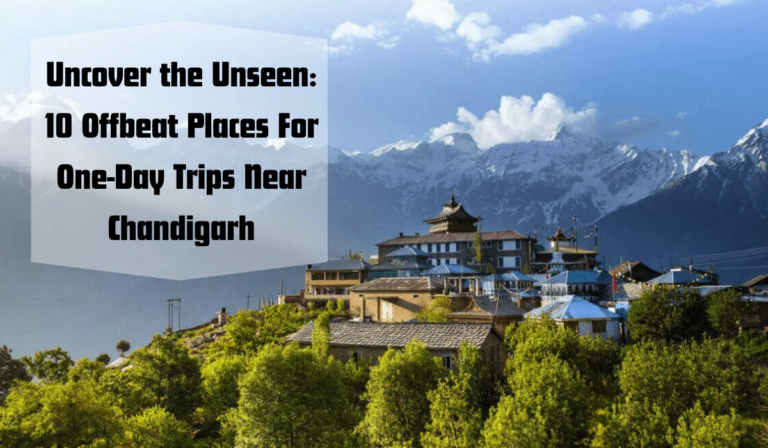
People born in August possess exceptional abilities in managing their behavior and emotions. They demonstrate a remarkable talent for directing and channeling their feelings, resulting in emotional stability and a serene demeanor.
They Are Very Confident
These natives thrive on adventure and hate routine. So it is natural that they are more attracted to and are friends with people.
They Are Very Organised
August-borns with Virgo as their zodiac sign are witty, hardworking, and practical. They are detail-oriented, organized, and practical. They tend to be intelligent and reliable.
They Tend to Make Good Leaders
August-borns are confident, organized, and practical. These are the basic qualities of a good leader.
They Have an Outgoing Personality
August-borns also have an outgoing personality. They are confident, have little self-control, but are kind-hearted. They can easily talk to people and get along with them as well.
They Love Being Treated Like Royalty
August-born children love being treated like royalty. They are very reciprocating and giving when treated with respect and honor.
They Tend to Prefer Solitude
Although they are outgoing, August-borns tend to be private regarding sensitive issues and need me-time now and then. They also don’t open up easily to people except for the ones they are really close to and trust.
They Are Not Easily Impressed
August-born children are selective and have high standards. They are quite conservative with their affection and one needs to make them feel special before they begin to reciprocate. Because of their high standards, not everybody can be their close friends.
They Are Highly Motivated
August-borns are self-motivated and can overcome difficult situations without losing their enthusiasm. They are energetic and drive themselves and others around them, making them perfect for leadership roles.
Famous Personalities Born in August
Kobe Bryant, Michael Jackson, Barack Obama, Chris Hemsworth, Dua Lipa, Neil Armstrong, Usain Bolt, Kylie Jenner, Roger Federer, Napoleon Bonaparte, Warren Buffet, Cameron Diaz, Madonna, Satya Nadella, Mother Teresa, Saif Ali Khan, Rajiv Gandhi, Taapsee Pannu, Sridevi, Sunil Chhetri, Kajol, Kajol, Jacqueline Fernandez, N. R. Narayana Murthy, Dorabji Tata, etc.
Career choices for August-born people include actor, politician, travel writer, motivational speaker, events, entrepreneur, representatives or agents of celebrities/athletes, etc.
August Zodiac Power Thought:
“We cannot change anything until we accept it. Condemnation does not liberate, it oppresses.”























































 India vs Pakistan: World Cup 2023
India vs Pakistan: World Cup 2023
 Musical Concerts:
Musical Concerts:
 Comedy Shows:
Comedy Shows:
 Marathons:
Marathons: